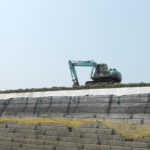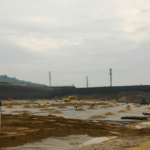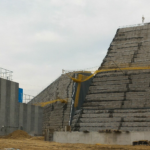Company:
ACE Geosynthetics Inc. Taichung City,
Project Details
Fabric 1
ACEGrid®
Producer:
ACE Geosynthetics Inc.
Supplier:
ACE Geosynthetics Inc.
Please describe the project specifications
This huge scale landfill, located in Kaohsiung Taiwan, is constructed for rectifying the imbalance of supply and demand in environmental protection market. To be environmental friendly from inside to outside, this project applied geosynthetic materials not only to the containment barrier but also to the reinforced storage structure.
The project included:
1. Wrap-around reinforced embankments with polyester (PET) geogrid (15~17m in height) rimmed the landfill area.
2. For increasing the bearing capacity, embankments are embedded with 3m depth, and Controlled-Low-Strength-Materials (CLSM) might be added in foundation for soil improvement if needed.
3. Length and width of geogrids are both customized to reduce waste and cost.
4. Geomembranes were laid as the first barrier, with 30cm thickness clay layer and geosynthetic clay liners (GCLs) placed beneath them, to prevent the leachate leakage.
5. The processed leachate will be used to water plants on the embankment.
What was the purpose of this project? What did the client request?
With the growth of population over the years, pollutants increase so fast that existed waste treatment plants become insufficient. The expansion of waste treatment plant is in urgent need to avoid waste being dumped randomly. Taking cost, efficiency and environmental protection into account, geosynthetic materials are the most suitable approach to meet both the project requirements of inside and outside structures simultaneously. The way to change the general public’s stereotype about odorous and dirty landfill is being considered as well.
What is unique or complex about the project?
In-situ soils of project area are silt and clay, which have poor mechanical behavior and only provide low bearing capacity. What’s worse is that the groundwater level is close to the land surface and makes the construction much more complicated with lower soil strength. High strength geogrids (ACEGrid®) are used as reinforcement and CLSM is sometimes used for foundation soil improvement.
There’s no drainage system included in the reinforced structure. Waterproofing geomembranes are placed on setback area to avoid surface water infiltration.
Furthermore, surface scour might be another problem when the embankments are backfilled by in-situ soils. Rainfall and surface runoff could easily bring out the fine particle wrapped in geogrids, and make the structure become unstable. Nonwoven geotextiles are chosen to prevent erosion problem.
Various geosynthetic products are adopted in this project, such as geogrid (ACEGrid®), nonwoven geotextile, geobags, geomembranes, geosynthetic clay liners, etc. The total area of this site is about 10 hm2 and the total length of embankment is about 1,000m with a height of 16m approximately.
What were the results of the project?
The engineering method in this project provided fast and easy construction with less manpower and technical requirements. During the project, labor crews for earthmoving and construction worked alternately to accelerate the process.
The interesting part of this project is that it only took three months from start to finish, and the operation of the plant would begin on the middle of 2017. From this experience, we learn that geosynthetic products reduce the energy consumption as well as the carbon emission and contribute to greening and environmental friendliness. In other words, geosynthetic products save not only explicit cost, but also time cost and environment cost.
Content is submitted by the participant. IFAI is not responsible for the content descriptions of the IAA award winners.
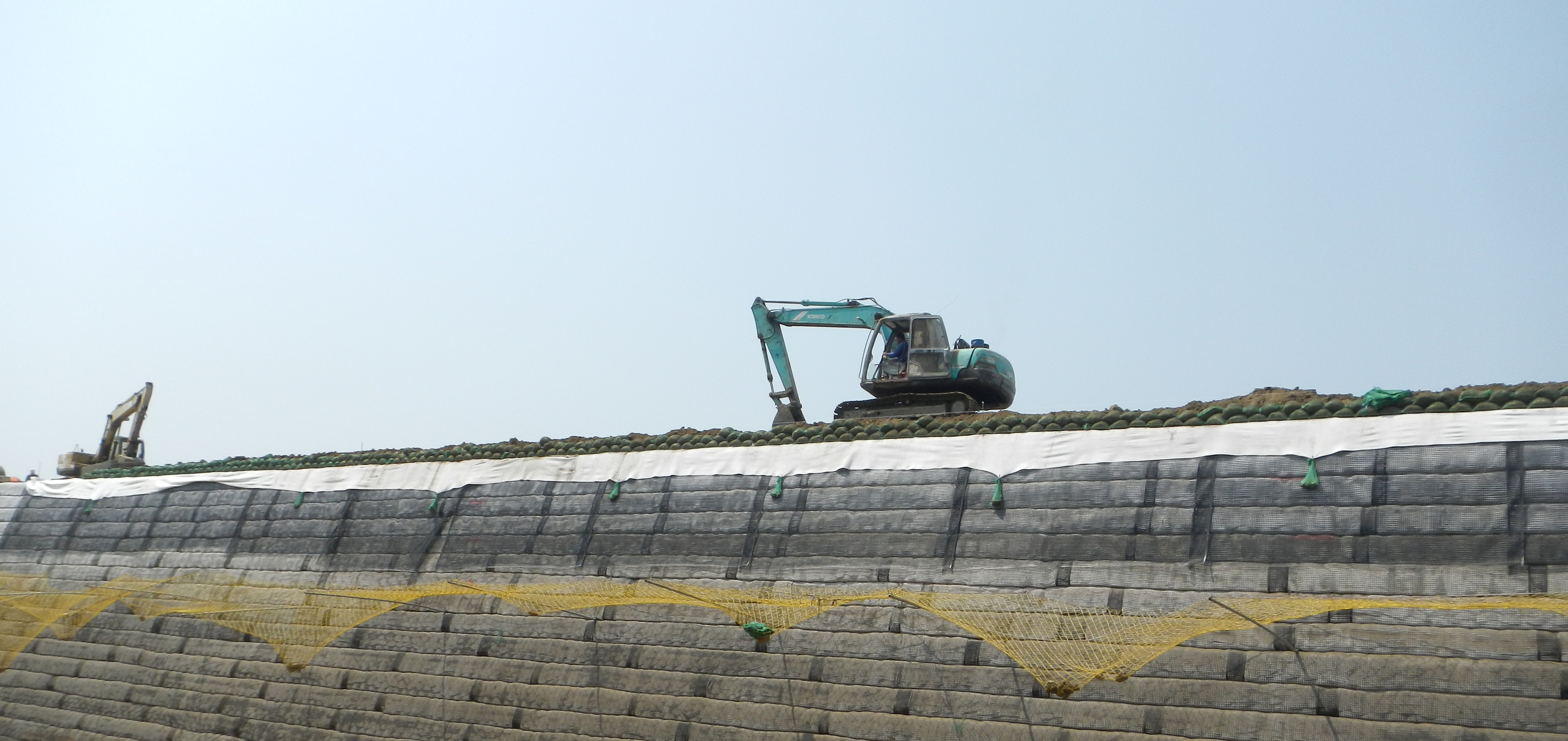
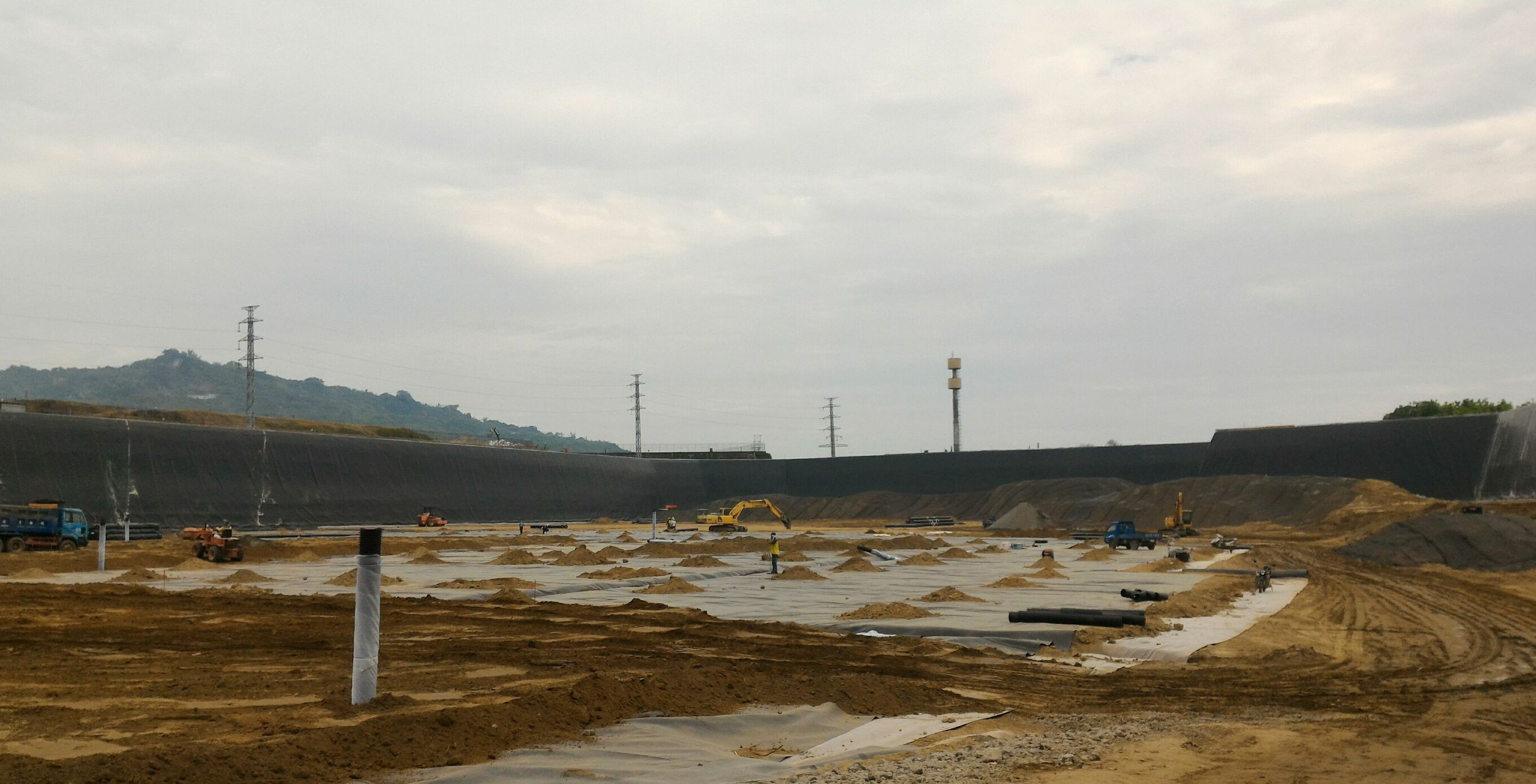
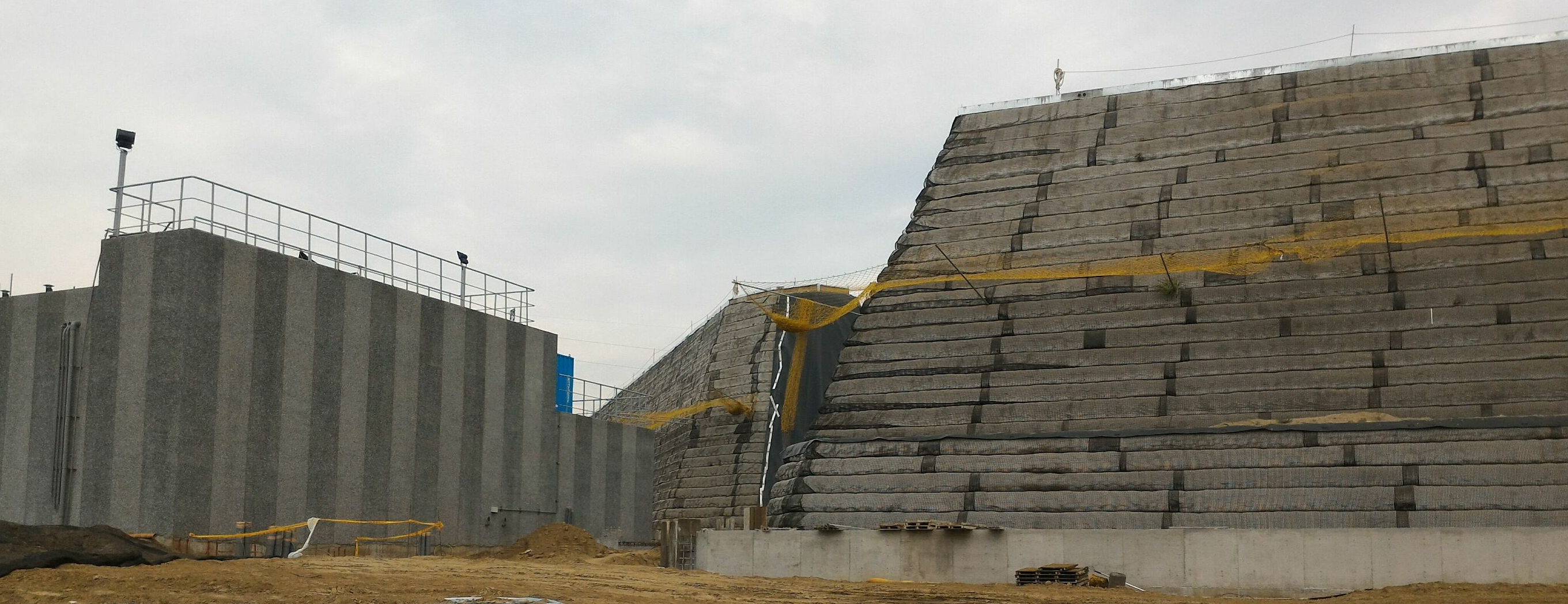
 TEXTILES.ORG
TEXTILES.ORG



